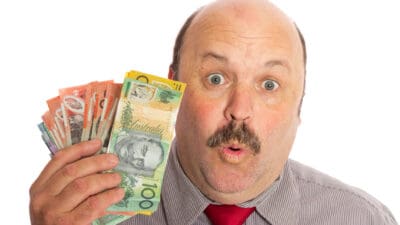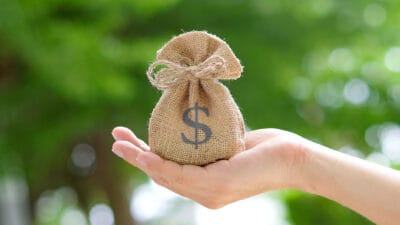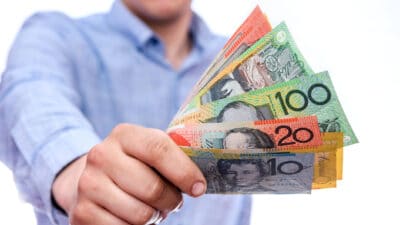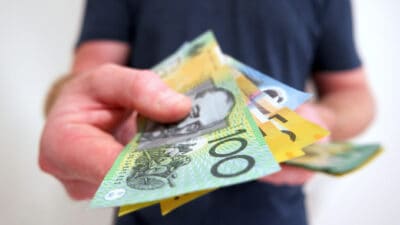How do you know whether an ASX share is expensive, cheap or otherwise?
A regularly used tool is to calculate the valuation multiple. This is seeing how a specific financial metric compares to the share price.
The traditional one is the price-to-earnings (PE) ratio. But there are also price-to-sales, enterprise-value-to-sales and enterprise-value-to-earnings, among a whole bunch of others.
According to Montaka Global Investments senior research analyst Amit Nath, valuation multiples are "probably the most enduring pieces of investment analysis of all time".
"'That company is expensive because its valuation multiple is high' — this is one of the most used and repeated phrases of market commentary," he wrote on a Montaka blog.
"Unfortunately, they are often completely useless."
If you only have a hammer, everything has to be a nail
Nath speculated that for many investors, valuation multiples are the only metric they have to judge a stock.
"The law of the instrument, or 'Maslow's hammer', is a cognitive bias where people rely too much on a familiar tool," he said.
"For many market commentators and armchair enthusiasts, valuation multiples are their Maslow's hammer, and they apply it indiscriminately."
According to Nath, valuation multiples are a "simplified, abbreviated and short-cut" way of analysing a business' worth.
"They don't tell the whole story or give a complete picture of underlying value and are prone to sizable error when applied in isolation," he said.
"And, sadly, multiples have never been less useful than they are today."
Abraham Maslow, the psychologist behind the eponymous hammer, explained it the best.
"It is tempting, if the only tool you have is a hammer, to treat everything as if it were a nail."
The trouble is that the world is full of high-growth ventures that are revolutionising their industries or even creating new ones.
"For traditional valuation multiples to be effective, a company needs stable and predictable cash-flows, which are generally found in mature industries like utilities, real-estate and infrastructure," said Nath.
"Multiples provide an inadequate view when companies have high and relatively sustained growth rates, particularly for the world's best software-driven ecosystems like Microsoft Corporation (NASDAQ: MSFT), Alphabet Inc (NASDAQ: GOOGL), Amazon Inc (NASDAQ: AMZN)."
Humans are terrible at exponential thinking
Nath explained that humans naturally prefer to use "a simplifying linear concept", and this simply doesn't represent non-linear phenomena like high-growth businesses.
"Google's world-renowned futurist and Director of Engineering, Raymond Kurzweil, believes humans are linear thinkers by nature, whereas technology, biology and our environment are often exponential," he said.
"That, he says, creates enormous blind spots when we pursue higher-order thinking and seek to solve increasingly complex problems."
Kurzweil cited a simple thought experiment to demonstrate.
"It takes 7 doublings to go from 0.01% to 1%, and then 7 more doublings to go from 1% to 100%," said Nath.
"So within 14 time periods an emerging system has gone from being completely invisible in the linear world (0.01%), to entirely encompassing it (100%)."
The COVID-19 pandemic recently demonstrated in real life the power of exponential growth, but our brains simply can't handle the concept.
So what do we use instead of valuation multiples?
If valuation multiples are so flawed, what measure should investors use to judge whether a stock is expensive or a bargain?
"The truth is, there are no short-cuts in valuing a business," said Nath.
"It is a hard, detailed, and rigorous exercise that takes considerable time and insight to get right."
He revealed that Montaka conducts considerable research on the industry landscape and how the business might fare in 5 to 10 years.
It also puts together metrics like discounted cash flow (DCF) and total addressable market (TAM) for a full picture of the stock's potential.
Nath put up Amazon to demonstrate how useless it is to base one's stock-buying decisions purely on valuation multiples.
In 2006, Amazon shares were trading at an enterprise-value-to-EBITDA ratio of 26 times, while the US market generally was at 10.
Since then, the stock price has returned 115 times over.
"You could have paid double the share price for Amazon in 2006 and still made nearly 60 times your money today."









